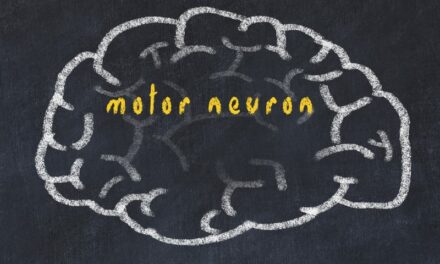The passive dynamics of bipedal limbs alone are sufficient to produce a walking motion, without need for control. Humans augment these dynamics with muscles, actively coordinated to produce stable and economical walking.
Present robots using passive dynamics walk much slower, perhaps because they lack elastic muscles that couple the joints. Elastic properties are well-known to enhance running gaits, but their effect on walking has yet to be explored.
Journal of the Royal Society Interface, London, used a computational model of dynamic walking to show that elastic joint coupling can help coordinate faster walking. In walking powered by trailing leg push-off, the model’s speed is normally limited by a swing leg that moves too slowly to avoid stumbling. A uni-articular spring about the knee allows for faster but uneconomical walking.
A combination of uni-articular hip and knee springs can speed the legs for improved speed and economy, but not without the swing foot scuffing the ground. Bi-articular springs coupling the hips and knees can yield high economy and good ground clearance similar to humans.
An important parameter is the knee-to-hip moment arm, which greatly affects the existence and stability of gaits, and when selected appropriately can allow for a wide range of speeds. Elastic joint coupling may contribute to the economy and stability of human gait.
Journal of the Royal Society Interface
Journal of the Royal Society Interface is a cross-disciplinary publication promoting research at the interface between the physical and life sciences. It offers rapidity, visibility and high-quality peer review and is ranked fifth in JCR’s multidisciplinary category.
[Source: Medical News Today]




